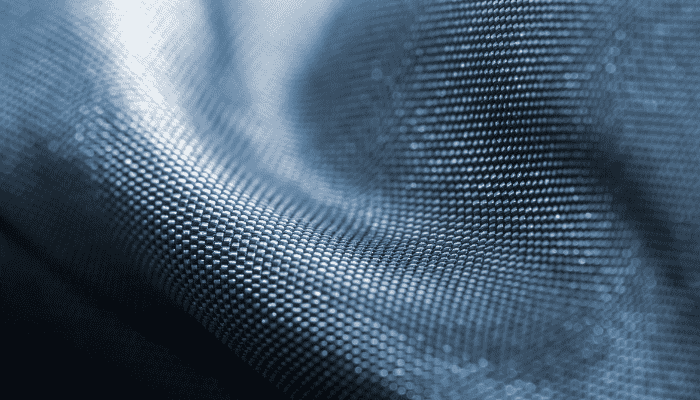Every backpack user—whether a student, traveler, or commuter—has faced the dreaded musty smell or mold spots inside their bag. Backpacks are exposed to sweat, food crumbs, spills, and damp environments, which makes them a perfect breeding ground for bacteria and fungi.
But don’t worry—your backpack is not ruined. With the right cleaning techniques and prevention strategies, you can remove mold, eliminate odors, and extend its lifespan.
This guide will give you a step-by-step approach for safely cleaning and deodorizing backpacks, plus long-term solutions to prevent mold and odors from returning.
Why Do Backpacks Get Moldy or Smelly?
Common Causes
-
Moisture retention: Rain, sweat, or unwashed clothes inside the bag.
-
Food and drink spills: Crumbs, juice, or milk create bacterial growth.
-
Poor ventilation: Backpacks stored in closed, humid areas.
-
Lack of cleaning: Never washed or disinfected for months.
Health Risks of Mold in Backpacks
-
Mold spores can trigger allergies, asthma, or skin irritation.
-
Strong odors indicate bacterial growth, which can spread to your clothes.
Step-by-Step Guide to Removing Mold from a Backpack
Step 1: Initial Preparation
-
Empty the backpack.
-
Brush off loose dirt and visible mold outdoors (to avoid spreading spores indoors).
-
Wear gloves and a mask for safety.
Step 2: Washing Method
-
Check the care label (machine washable vs. hand wash).
-
For machine-washable bags:
-
Use a gentle cycle, cold water, and mild detergent.
-
Add ½ cup white vinegar to kill mold spores.
-
-
For hand wash only:
-
Soak in a warm water + baking soda + vinegar mixture.
-
Scrub mold spots with a soft brush.
-
Step 3: Disinfection
-
Spray diluted hydrogen peroxide (3%) or vinegar on moldy spots.
-
Let it sit for 10–15 minutes before rinsing.
Step 4: Drying
-
Always air-dry in sunlight (UV rays kill mold).
-
Avoid dryers (heat can damage coatings).
How to Remove Odors from a Backpack
Natural Deodorizing Hacks
-
Baking soda: Sprinkle inside, leave overnight, then vacuum.
-
Activated charcoal bags: Absorb moisture and odors.
-
Coffee grounds (dry): Place in a breathable pouch inside the bag.
Deep Cleaning Solutions
-
Wash with vinegar + detergent for stubborn smells.
-
Add a few drops of tea tree oil or eucalyptus oil (natural antifungal).
Preventing Future Mold & Odors
Storage Tips
-
Store in a cool, dry place.
-
Hang instead of folding to improve airflow.
-
Use silica gel packs inside to absorb moisture.
Maintenance Habits
-
Clean every 1–2 months if used daily.
-
Empty crumbs and wet clothes immediately.
-
Use a waterproof cover in rainy conditions.
Comparing Cleaning Methods
| Method | Effectiveness | Safety | Best For |
|---|---|---|---|
| Vinegar Wash | ★★★★☆ | Safe | Mold + odor |
| Baking Soda | ★★★☆☆ | Safe | Mild odor |
| Hydrogen Peroxide | ★★★★★ | Strong | Tough mold |
| Activated Charcoal Bags | ★★★★☆ | Safe | Long-term odor prevention |
FAQ — Mold & Odor in Backpacks
Q1: Can I machine wash a backpack?
A1: Yes, if the label says so. Use cold water and gentle detergent.
Q2: Will vinegar damage my backpack?
A2: No, when diluted properly, vinegar is safe and effective.
Q3: Can I use bleach?
A3: Avoid bleach—it may damage fabric and color.
Q4: How often should I clean my backpack?
A4: At least once every 2–3 months for regular use.
Conclusion
Backpack mold and odors are common but easy to fix. With the right cleaning methods—vinegar, baking soda, hydrogen peroxide, and natural deodorizers—you can restore freshness and extend your backpack’s lifespan.
Remember: prevention is key. Keep your backpack dry, clean regularly, and store it properly to avoid mold and odor buildup.
Your backpack should carry memories, not smells. 🌿



